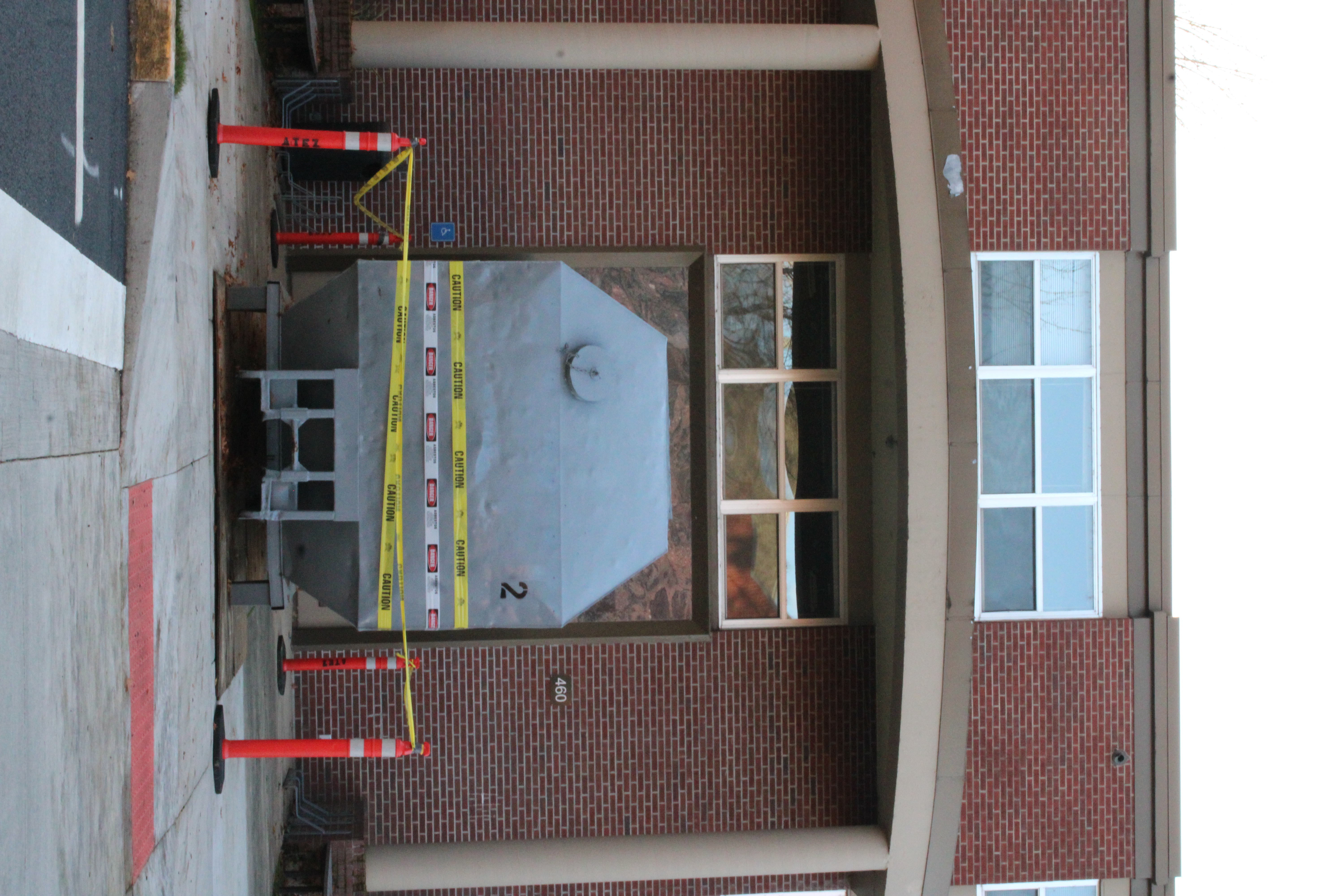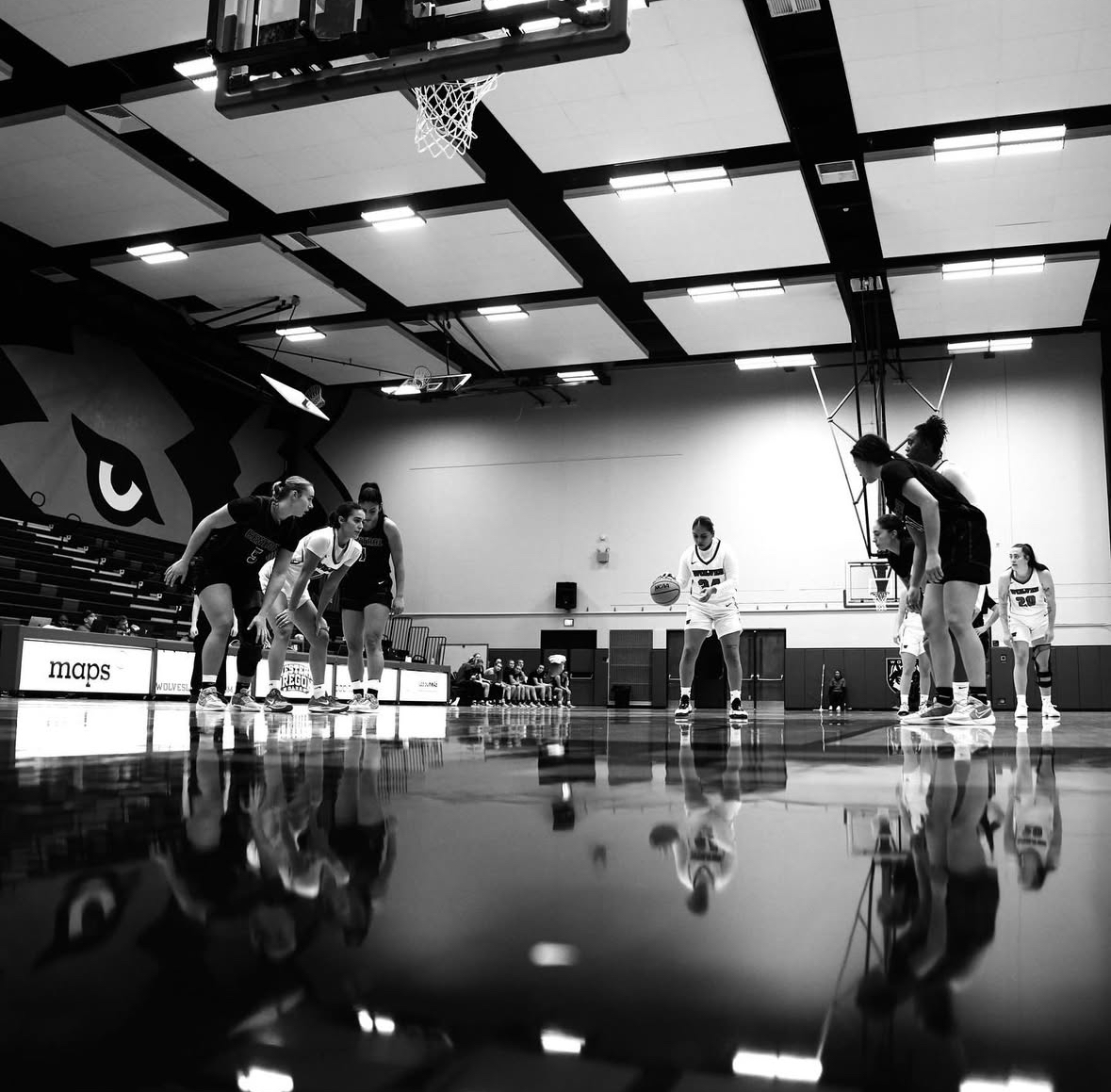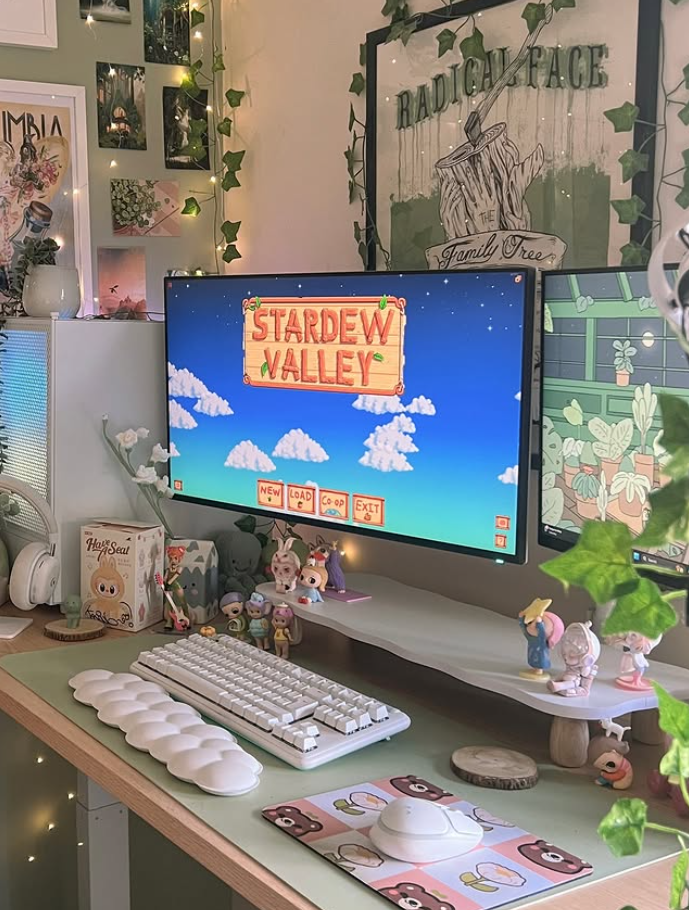
Nov. 19 2025 | Belen Ponce Leal | Lifestyle Editor
In February of 1998, a research paper was released linking autism to vaccinations. This paper has long been proven to be false, with multiple factors in the experiment being questionable at best. Unethical decisions and “callous disregard” for the children that participated in the study are just a few reasons why people questioned these findings. Then, 12 years after the paper was released, one of the doctors who worked on this study admitted that several elements of the paper were incorrect. Despite this, there are still a small number of people who wholeheartedly believe these vaccines are harmful.
The definition of a fact, according to Oxford Languages, is “a thing that is known or proved to be true.” Yet, we live in a world where it is getting harder to distinguish what is true and what is partially true. Even with the accessibility of information at our fingertips, there are many who will believe a video they watched on social media to be fact, despite the very real possibility that it may not be true. Or it may have been misconstrued — it may be factually correct, but lacking context. However, after researching this subject, I’ve come to the realization that facts by themselves don’t usually convince people to change the way they think. It’s often tied to emotion and community.
We as humans are a species that needs a semi-accurate understanding of the world in order to live in it comfortably. We are also very social creatures. Since the dawn of the species, humans have traveled in tribes, working together to survive. Accuracy and truth aren’t the only things that are important to the human mind. We also have a desire to belong. Humans have always had the desire to bond and have relationships with others. We want to be people who fit in and have the approval of others. It is difficult to think of a feeling worse than rejection or disapproval by the person you want it from the most.
In a lot of people’s minds, social connection is more helpful to us in our daily lives than it is for us to understand the truth of a certain idea or fact. We sometimes compromise the truth to make ourselves look better to certain people or a certain community. False beliefs might not be useful in a factual sense, but they are in a social one. James Clear, who wrote an article called “Why Facts Don’t Change Our Minds,” calls this way of thinking “factually false, but socially accurate.” When it comes to choosing being right over friends and family, the latter usually wins. This is why we, as people, tolerate things that might offend us. It is why a person will bite their lip and turn away if a family member says something that offends them.
Another thing to consider is motivated reasoning. This is when people go to great lengths to try and persuade others that the facts are incorrect or that sources are unreliable. Humans are hard-wired to have an emotional response faster than our conscious thought. Information that supports a person’s preexisting view on the world or thoughts on a subject will be accepted a lot faster than something that completely contradicts it. A lot of the time, people do this to make themselves feel better about new information that contradicts their beliefs.
That also ties into the misinterpretation of facts. A lot of facts are taken completely out of context to be used to support an argument that the fact wasn’t intended to be used for. Some usually do this, not necessarily to tell the truth, but to “prove” their point of view or attack another.
So, if facts can’t change a person’s worldview, there has to be another way to do it. After all, we are all constantly evolving and changing our beliefs. The best way to change someone’s mind is by giving them a new view of what a community looks like. If someone were to completely abandon their beliefs, they would lose their family and their ties to the community that embraced them. James Clear put it best: “No one wants their worldview torn apart if loneliness is the outcome.”
However, like the vaccine belief, these ideas can hang around for a while. A reason that they do is because people continue to discuss them. Ideas are remembered when repeated — that’s also the only way they can be believed. A person is more likely to believe a crazy concept if it comes from someone they know. The train of thought is usually something along the lines of “I know this person. I like them, I share some beliefs with them, why should I not consider this one too?”
One way to combat this is to let the ideas rest; let them die out and be forgotten. This isn’t to say not to speak up for people who are attacked. However, maybe we as people need to change our strategy in dealing with these situations. Being ignorant is a lot harder to do when the person has friends who think differently than they do. Befriending them and being kind to them is the best way to give someone the opportunity to change their beliefs. As Selena Gomez said, “kill ‘em with kindness.”
Contact the author at howllifestyle@mail.wou.edu











